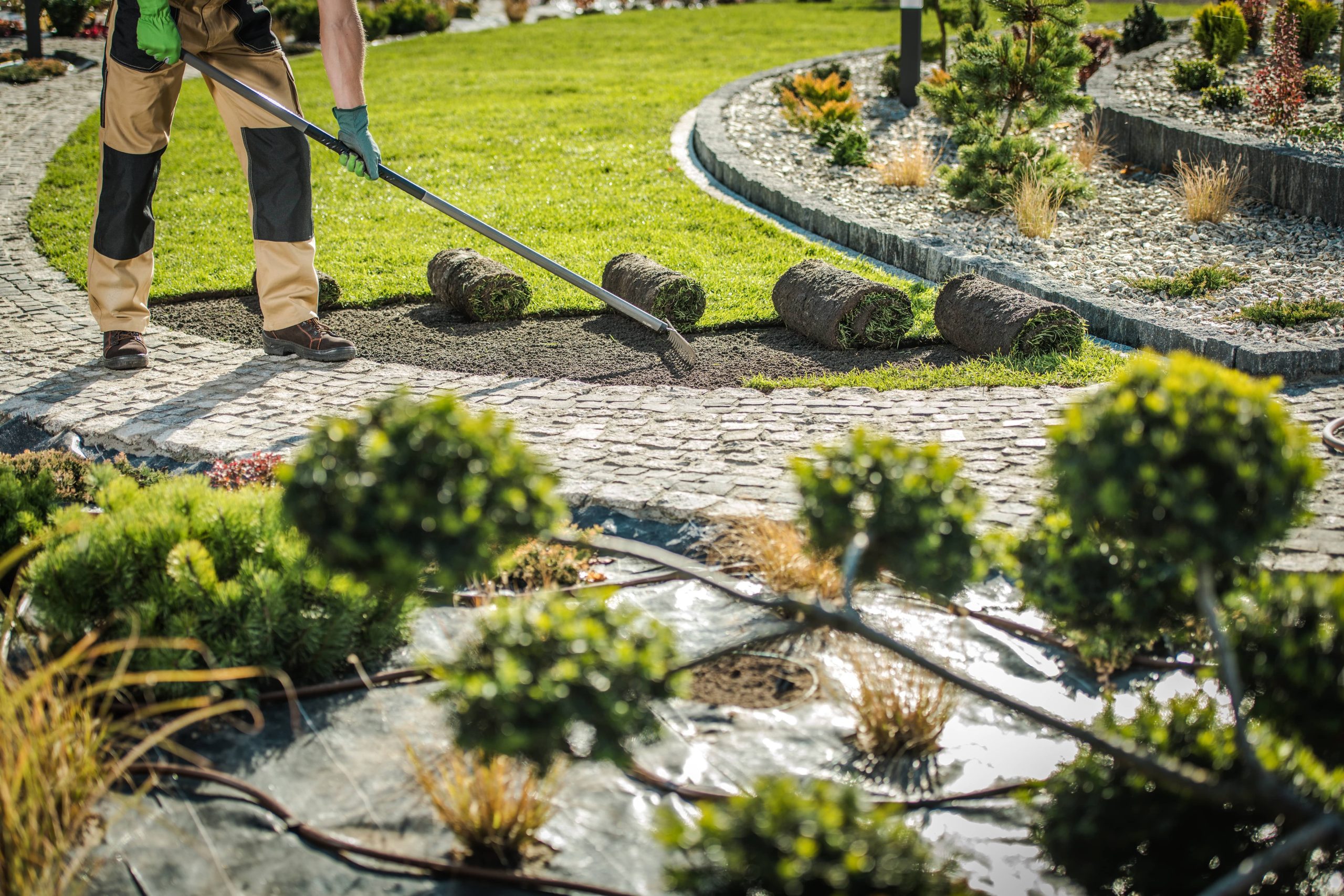
Gardening is a journey of transformation—a delightful process of turning bare soil into lush, vibrant spaces that brim with life. The beauty of gardening lies in its versatility, allowing us to sculpt beauty in a myriad of forms. One such charming addition that can elevate the aesthetics and functionality of your garden is the use of vertical structures like trellises and arbors. These garden elements do more than just support plants; they add dimension, create focal points, and foster a new depth of exploration within your landscape. In today’s blog post, let’s explore how you can enhance your garden by incorporating vertical trellises and arbors.
Understanding Trellises and Arbors
Both trellises and arbors serve as structures for climbing plants, but they each have unique characteristics and purposes.
A trellis is typically a flat, lattice-like structure, often made from wood, metal, or plastic. It’s designed to support climbing plants such as vines like clematis and morning glories, or vegetables like peas and cucumbers. Trellises can be attached to walls, or they can stand freely in the garden.
An arbor, on the other hand, is more of an archway that serves as a gateway, typically covered in climbing plants. Arbors create an inviting entrance or passageway within the garden space, leading the visitor from one area to another. The overhead structure provides not only plant support but also an element of enclosure and intimacy, making it ideal for transition spaces.
Designing with Verticality
One of the most apparent advantages of using trellises and arbors is the ability to introduce verticality into your garden. By adding height, you can maximize space, especially in smaller gardens where the horizontal area is limited. Vertical structures draw the eye upwards, creating layers of interest and transforming a simple plot into a three-dimensional masterpiece.
Choosing the Right Structure
When selecting trellises and arbors, consider the following:
1. Material and Style:
– Wooden trellises offer a natural and classic look. Hardwoods like cedar and redwood are durable and resistant to decay.
– Metal trellises provide a sleek, modern aesthetic. They are strong and can support heavier plants.
– Ensure that the style matches the overall theme of your garden. For example, ornate metal trellises may suit a formal garden, while rustic wooden ones might better complement a cottage-style layout.
2. Size and Scale:
– Consider the ultimate size of the plants you wish to grow. The structure should be robust enough to support the weight and spread of mature plants.
– Ensure that the height and width of the trellis or arbor complement the garden space, avoiding overwhelming other design elements.
Plant Pairings
Selecting the right plants is key to maximizing the beauty of your vertical structures. Here are some recommended pairings:
– Trellises:
– Clematis: Known for their stunning flowers and diverse color range, clematis are ideal for covering trellises.
– Sweet Peas: With their sweet fragrance and delicate blooms, sweet peas bring charm and aroma to vertical displays.
– Beans and Peas: Beyond aesthetics, incorporating vegetables like peas and beans introduces functionality into your garden space.
– Arbors:
– Roses: Climbing roses are the epitome of elegance, perfect for draping over arbors to create a romantic entrance.
– Wisteria: This vigorous climber offers stunning, cascading flowers with a delightful scent.
– Honeysuckle: Its vibrant flowers and sweet aroma attract pollinators, enhancing the garden ecosystem.
Strategic Placement
Where you place your trellises and arbors can significantly influence the ambiance and flow of your garden:
– Trellises: Position freestanding trellises as part of the garden border to define boundaries or create visual interest against bland fences or walls. They can also serve as privacy screens, concealing unattractive areas or providing a backdrop for garden features.
– Arbors: Install arbors at entry points to establish a grand entrance or place them along pathways to frame views and create a sense of journey through a garden.
Maintenance Tips
To ensure the longevity and aesthetic appeal of your trellises and arbors, regular maintenance is essential:
– Inspect structures annually for signs of wear or damage, addressing issues promptly.
– Prune climbing plants to encourage healthy growth and prevent them from overwhelming the structure.
– For wooden structures, periodic treatment with wood preservatives can protect against weathering and decay.
Creating an Inviting Sanctuary
By incorporating vertical trellises and arbors, your garden can transcend its traditional boundaries, offering a fuller sensory experience. These structures provide shelter and habitat for wildlife, attract pollinators, and add layers of complexity to your garden’s design.
In conclusion, trellises and arbors are more than mere plant supports. They serve as symbols of growth, aspiration, and the endless possibilities inherent in gardening. Whether you’re eager to introduce fiery bursts of color overhead or aim to lead visitors through a secluded haven, vertical structures can be instrumental in crafting a garden that is dynamic, inviting, and breathtakingly beautiful. Embrace these architectural elements, and let them transform your outdoor space into a verdant Eden of vertical beauty.







